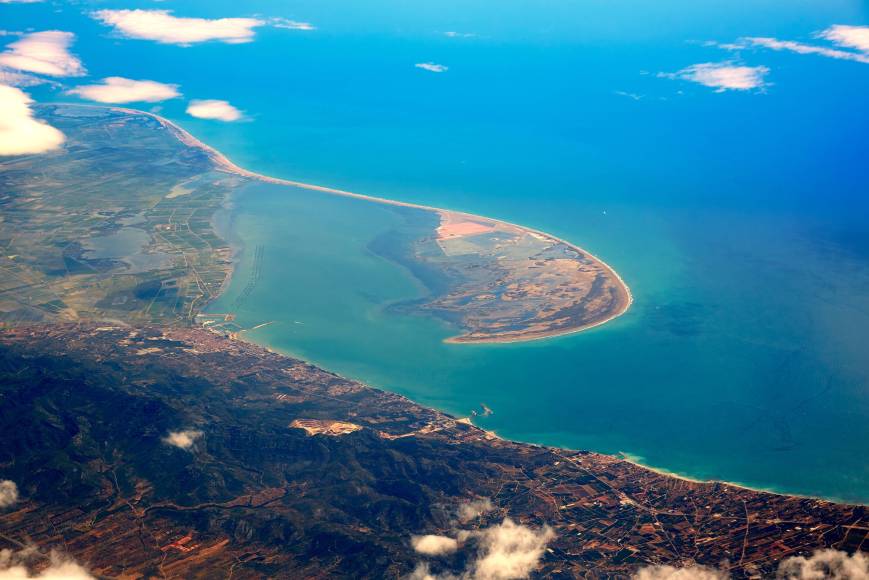The Ebro Delta Natural Park is one of the most emblematic natural areas in Catalonia. Established in 1983 as a system for the preservation of natural ecosystems, its wide variety of landscapes will allow you to discover unique flora and fauna throughout the area. Watching a sunset on its beaches, tasting local cuisine, or going on a route through the mussel farms are some of the activities you can enjoy in this charming location. We now have the first Naturaki rural houses in the province of Tarragona, so we encourage you to discover this area with 10 proposals for the Ebro Delta Natural Park.
1. Enjoy a Sunset at Trabucador Beach
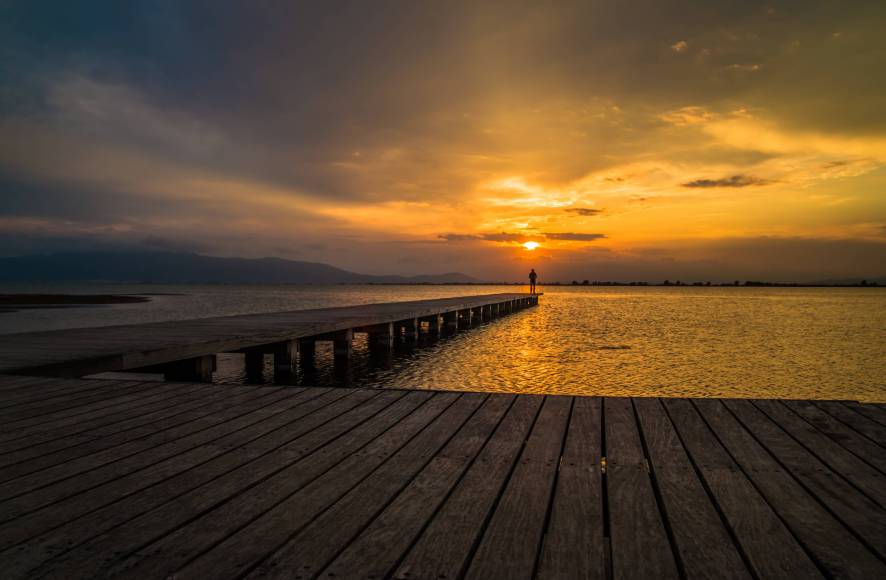
Trabucador is one of the most iconic places in the Ebro Delta, this sandbar that stretches into the sea connects the Delta with Punta de la Banya. On one side, the outer beach, you can swim in the Mediterranean Sea; on the other, you can admire the Alfacs Bay. This is an ideal area for lovers of water activities such as kitesurfing, paddle surfing, or windsurfing. The star activity is undoubtedly enjoying a sunset. If you want to smash it on Instagram, the best sunset photos can be taken from the dock at Barra del Trabucador.
2. See Buda Island
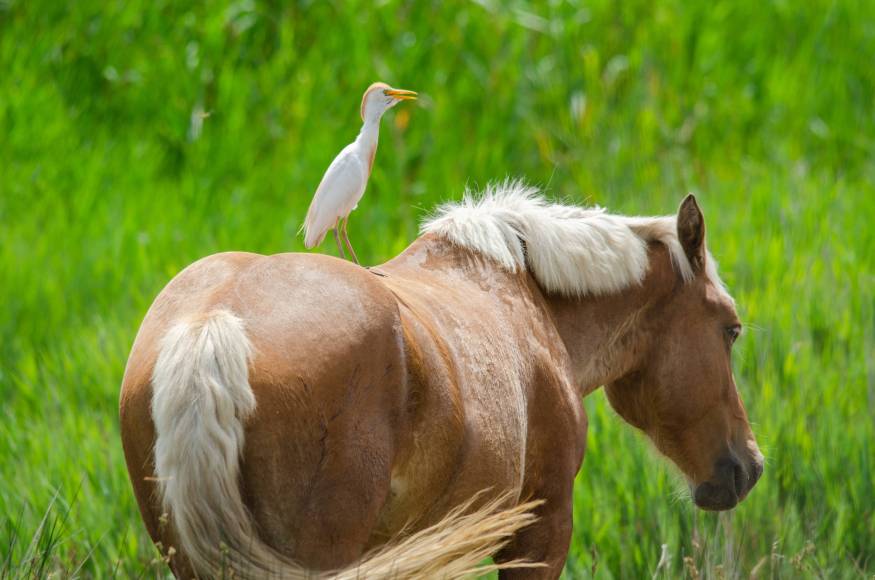
Currently, Buda Island is the largest island in Catalonia, a protected territory to preserve its native flora and fauna: over 350 species of birds, wild horses, rice fields, riverside forests, and natural lagoons are part of the island's landscape. You should know that access to the island is restricted and it is not possible to visit, so we recommend you take good binoculars and enjoy Buda Island from the outside from Migjorn Viewpoint, Zigurat Viewpoint, or from a tourist cruise along the Ebro River.
3. Hiking at Punta del Fangar
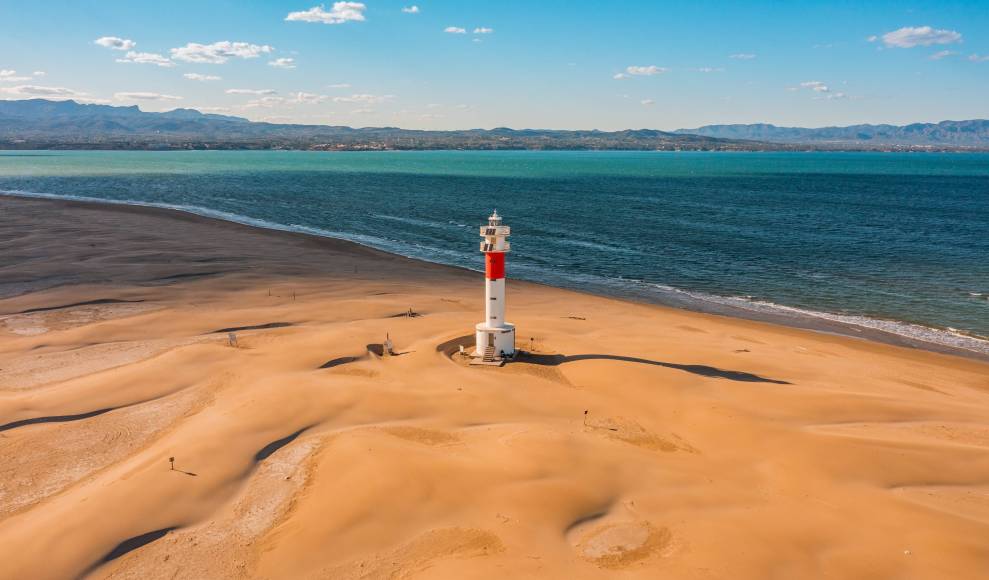
Punta del Fangar is also known as the Desert of the Ebro Delta. Unlike the rest of the Delta, which is occupied by rice fields, Punta del Fangar has a sandy and desert-like morphology. This makes it one of the most visited places for hiking, as it is only accessible on foot. At Punta del Fangar, you will find one of the Delta's great icons: Fangar Lighthouse, also known as “La Faroleta.”
4. Bird Watching at Encanyissada
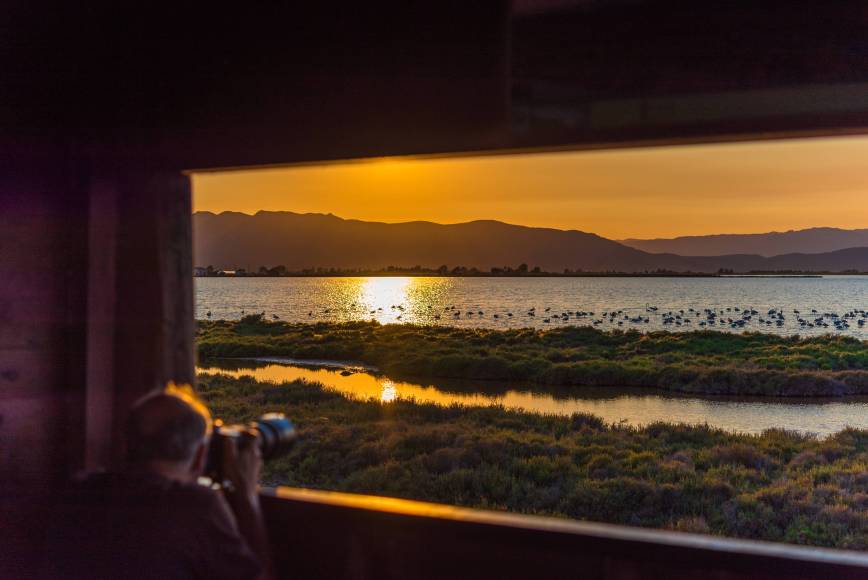
Encanyissada is the largest lagoon in the Ebro Delta. It is one of the preferred destinations for bird watchers. Its waters, a mix of fresh and saltwater, are perfect for the development of small organisms that serve as food for both fish and birds that inhabit the area. You can see a wide variety of birds, from cormorants to flamingos, seagulls, or diurnal birds of prey, among others. We recommend a visit to the ornithological museum called "La Casa de Fusta", where they will explain which are the most representative birds of the Delta.
5. A visit to the mouth of the Ebro River

The mouth of the Ebro River is one of the places not to be missed in the Ebro Delta Natural Park. The landscape of the mouth is characterized by rice fields, though it also includes iconic spaces such as El Garxal, Sant Antoni Island, and Buda Island. Enjoy a privileged view of the mouth from Zigurat Viewpoint or aboard one of the tourist cruises.
6. Bike Routes, Hiking, or Horseback Riding
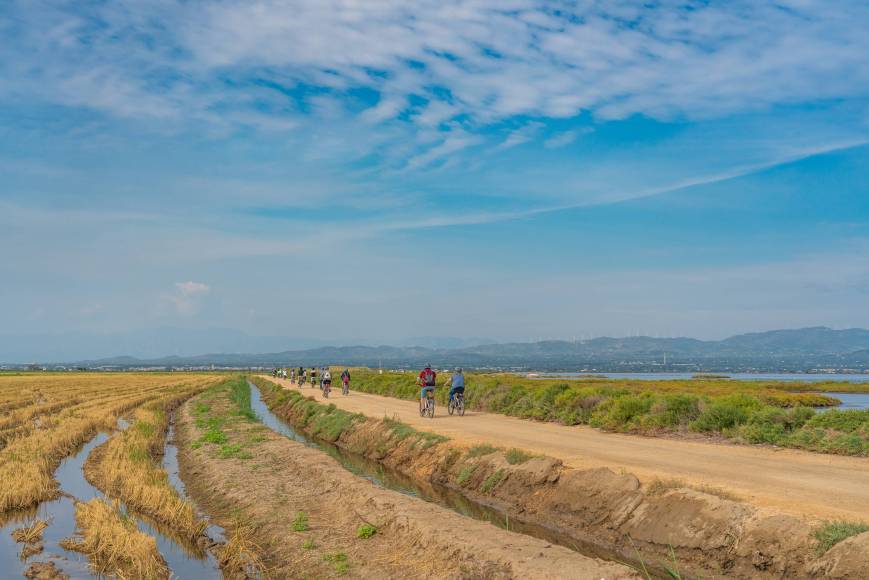
The Ebro Delta is full of paths, bike lanes, greenways and trails for walking, cycling, or horseback riding surrounded by nature and spectacular landscapes of great beauty among rice fields, lagoons, and viewpoints. One of the most well-known and recommended sections is the route from Riumar to the mouth of the River Ebro.
7. Taste the Local Cuisine of the Delta
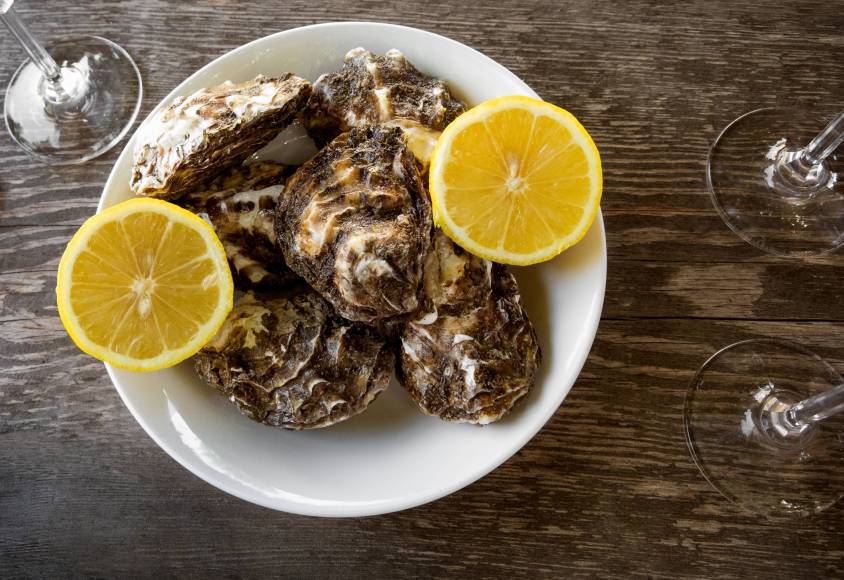
One of the main attractions of the Ebro Delta is its cuisine, based on local, high-quality, and flavorful products. In many of the area's restaurants, you can enjoy the best Mediterranean cuisine. Undoubtedly, rice is the star product. In the Delta, different varieties of rice are grown, such as bomba and carnaroli, which can be found in a wide range of paellas. Duck is another highly appreciated product in the Delta's cuisine. Another product you must try is Delta seafood: mussels, oysters, prawns, squilla mantis, Dublin bay prawns, or razor shells are a true delight for the palate. The rice and onion sausages are also well-known. For those with a sweet tooth, nothing better than trying filled pastissets, Perelló honey with cottage cheese, or the famous cocs. Enjoy your meal!
8. The Ebro Delta by Boat
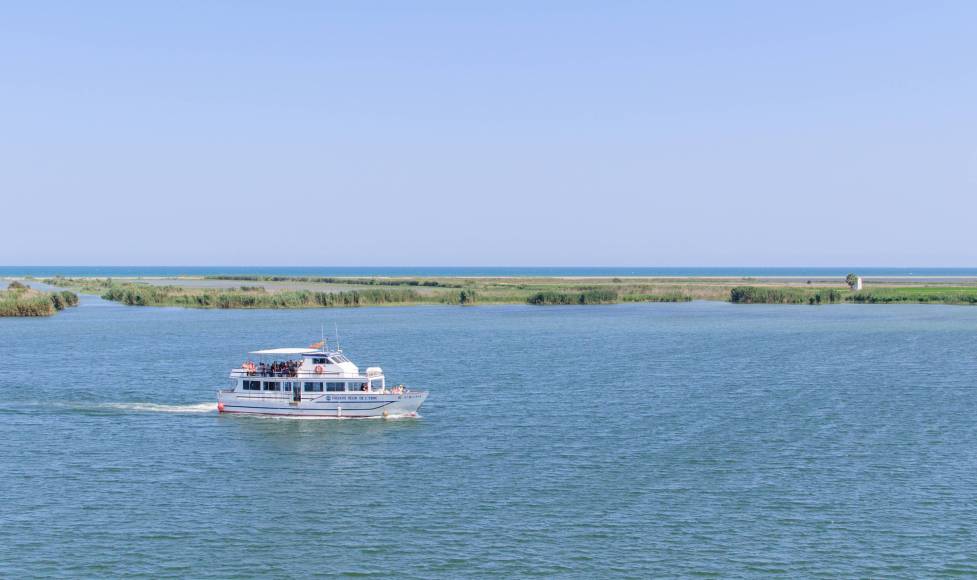
Want to have a unique experience? Then take a tourist cruise along the Ebro Delta. Boats leave from different locations in the park and sail along the river Ebro, passing by places of great beauty such as Buda Island, Garxal Lagoon, Riumar, Migjorn, or the very mouth of the Ebro River. We recommend that you check with different local operators, as you can choose the type of boat as well as make individual or group bookings.
9. Take a Tour of the Mussel Beds
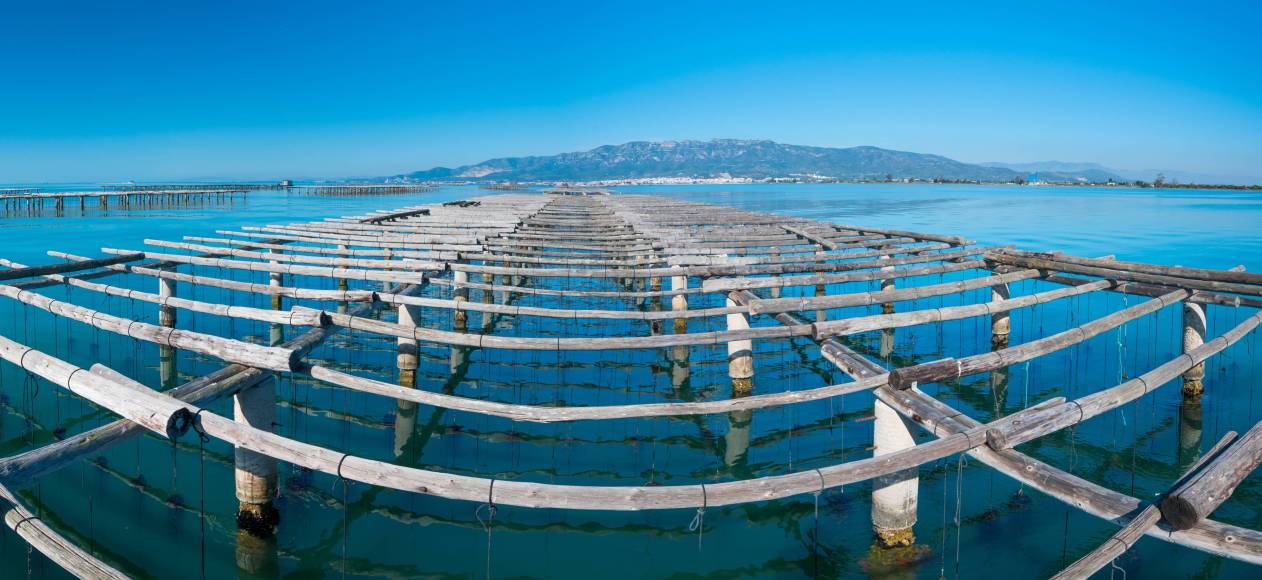
The Ebro Delta produces mussels with a unique flavor that are highly appreciated in the kitchen. One of the star experiences in the Ebro Delta Natural Park is taking a tour through the mussel farms. During the itinerary you will not only see the immensity of Alfacs Bay, the Trinidad Salt Flats, or the Montsià mountain range, but you will also discover first-hand how the mussel farms work. At the end of the visit you will also be able to taste some of the Delta's mussels and oysters. You will lick your fingers!
10. Watch the Flamingos of the Ebro Delta
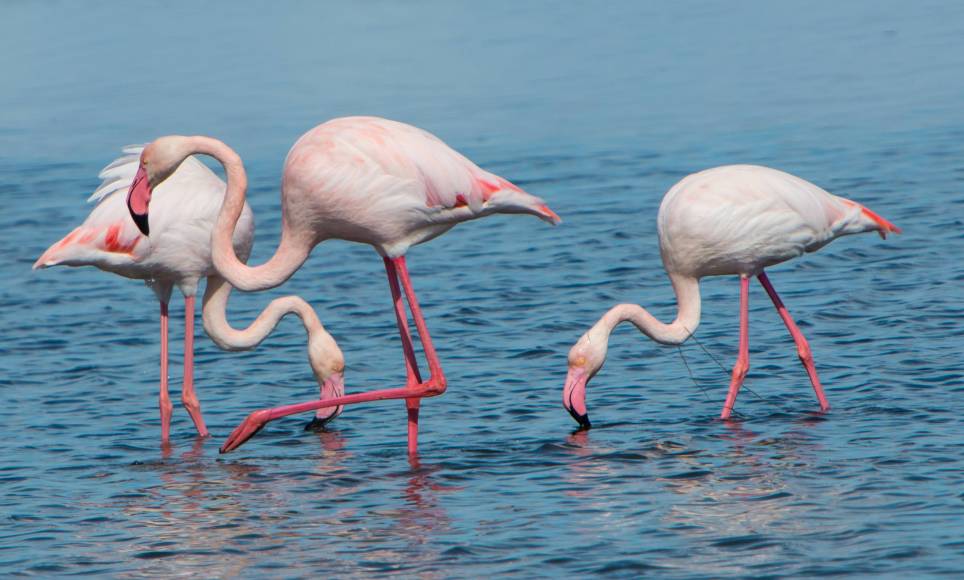
One of the most iconic birds of the Ebro Delta are the flamingos. Photographing these pink birds along with other bird species is one of the most passionate activities you can do. Although any time of the year is good to see them, one of the best times is during winter when thousands of birds gather in the lagoons. The best observatories to see flamingos are the Tancada Observatory, the Riet Vell Bird Observatory, Lo Goleró in the Fangar Bay, or the Alfacs Bay.
Map of the Ebro Delta:
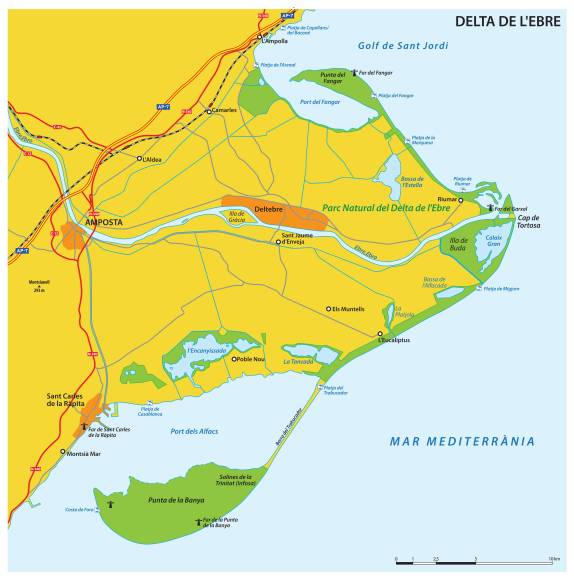
If you are passionate about birdwatching as well as hiking surrounded by nature, another place you shouldn't miss is the Aiguamolls de l'Empordà.
 Log in to your account
Log in to your account